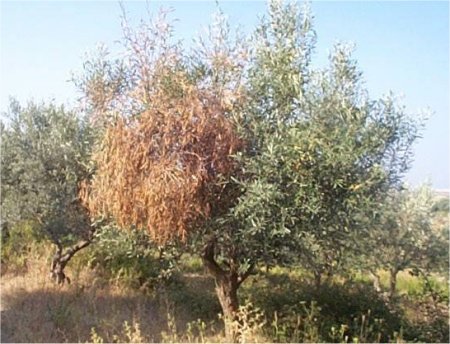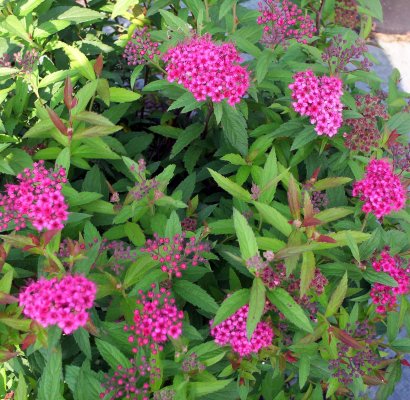
2005 Year in Review
Back to Page two: Recreation & Adult Education Listing | Back to Year in Review Index
Fall Garden Chores |
|
Source: Jim Schuster, Extension Educator, Horticulture, 708-352-0109 Fall is the time to take care of any garden chores left undone, said a University of Illinois Extension horticulture educator. "If your trees need to be fed, now is a good time to do so. Do it before the ground starts to freeze and the temperature is still above 40 degrees," said James Schuster. "Trees that have canker diseases or Verticillium Wilt often need to be fed yearly for many years to encourage more healthy growth. "Healthy trees may need to be fed but not necessarily on a yearly basis." Fall is also a good time to put down winterizing lawn fertilizer. The grass should still be green but no longer growing. "Both the trees and the turf will take the fertilizer up and store it for next spring's growth," said Schuster. "It is better not to fertilize or under fertilize than it is to over fertilize. Over fertilizing may cause burning or make the plants more susceptible to some diseases. Be sure to follow all directions and precautions on the fertilizer product label." Schuster noted that dormant pruning on many shrubs may be done if the plants have been through a freeze or several heavy frosts. Summer blooming shrubs are the plants that should be pruned during their dormancy for maximum health and flowering. "Choose the correct pruning technique depending on the kind of shrub being grown," he said. "Single-stem shrubs should be headed back to a bud, branch, side branch, or trunk." Multi-stem plants should be thinned. Remove the stems between one and three inches above the ground to reduce the risk of diseases and insects attacking stumps. Small, twiggy shrubs such as an Anthony Waterer spirea can be cut to the one-to-three-inch height once every five to eight years. "You can also prune spring-blooming shrubs," said Schuster. "However, this reduces the number of spring blooms on the shrub if you are thinning--and all the flowers if the entire plant is cut to one inch." Fruit trees and grapes should not be pruned in the fall. It is better to wait until late February or early March, he recommended. "Large landscape trees can be pruned now," said Schuster. "However, if you have to leave the ground to do the pruning or you are removing branches with phone or power lines in them, hire a profession tree trimmer or arborist." If spring bulbs have not been planted, do so right away so they can start to root before the ground gets too cold. Trees and shrubs may still be planted but there is a greater risk of the plants not surviving the winter. "Mulch the plants with about two to three inches of organic matter to allow more time for the plant to root before the ground gets too cold also," said Schuster. "Avoid mounding the mulch up several feet like you see on some highway trees. Wet mulch against a tree trunk can cause trunk damage if it stays too long against the trunk." University of Illinois Extension offers a complete calendar for garden chores. Check out: Garden Calendar or contact your local Extension Office for more details. by Editor, theCity1.com |
|
Copyright © 2005 TheCity1.com.
All rights reserved

